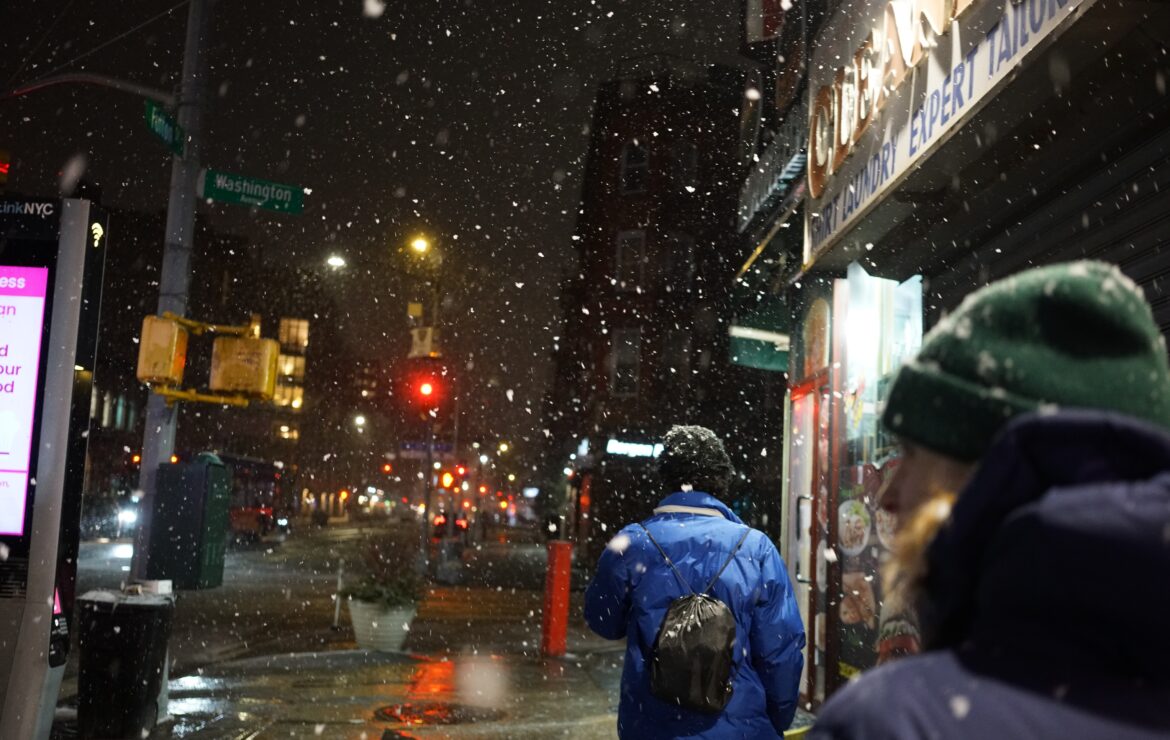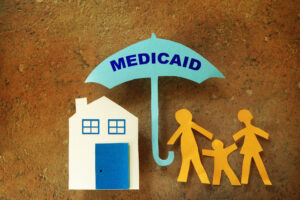Winter Assistance Programs for Medicaid-Eligible Families

Winter in New York can be especially challenging for Medicaid-eligible families and low-income households. High heating costs, seasonal illnesses, and ongoing medical needs can add stress to already tight budgets. Fortunately, New York State offers programs to help families stay warm, healthy, and financially secure. Understanding Medicaid eligibility, avoiding application pitfalls, and accessing winter assistance resources can make the difference between uninterrupted coverage and unnecessary stress.
Home Energy Assistance (HEAP)
The Home Energy Assistance Program (HEAP) helps cover heating costs through:
- Seasonal Benefits: One-time support for gas, electricity, oil, or other heating fuels.
- Emergency Assistance: Immediate help if heat fails or service is at risk of disconnection.
- Fuel Delivery and Repairs: Programs may cover heating system repairs or emergency fuel delivery.
Tip: Many Medicaid recipients qualify automatically, but applying early ensures timely support.
Utility and Energy Discount Programs
- Energy Affordability Programs (EAP): Provide monthly discounts on electricity or gas bills for eligible households.
- Utility-Specific Programs: Some providers offer additional discounts that can be combined with HEAP for maximum relief.
Weatherization and Home Efficiency
Weatherization programs help families save energy and improve safety by:
- Draft-proofing and insulating homes
- Repairing or upgrading heating systems
- Improving windows and doors
These measures lower long-term costs while making homes safer and more comfortable.
Community and Local Support
In addition to state programs, local organizations and nonprofits often provide:
- Emergency heating grants or fuel assistance
- Temporary warming centers or shelters
- Food pantries and seasonal aid
Tip: Availability varies by county, so check with local social services and nonprofit organizations.
Combining Medicaid and Winter Assistance
Pairing Medicaid benefits with winter assistance programs can strengthen both health and financial stability:
- Healthcare Access: Medicaid ensures coverage for medical care, prescriptions, and home support services.
- Financial Relief: HEAP, energy discounts, and weatherization programs reduce heating costs, freeing up income for other needs.
- Safety and Comfort: Home upgrades and local emergency resources reduce winter risks.
By combining resources, families can reduce stress, avoid energy-related emergencies, and maintain overall health during the winter season.
Practical Winter Preparedness Tips
Even with assistance programs, proactive planning can make winter safer and less stressful:
- Plan for Heating Costs: Budget for energy bills and apply for HEAP early.
- Inspect Your Home: Check heaters, insulation, and draft points to improve efficiency.
- Dress in Layers: Use multiple safe heat sources to keep living areas warm.
- Leverage Community Resources: Keep a list of warming centers, local nonprofits, and emergency aid programs.
- Stock Essentials: Have blankets, warm clothing, non-perishable food, medications, and emergency supplies.
- Maintain Healthcare: Keep doctor’s appointments, vaccinations, and prescription refills on schedule.
- Use Home Improvement Programs: Weatherization can reduce bills and improve safety.
- Build a Support Network: Family, friends, and neighbors can assist with errands or emergencies.
Conclusion
Winter in New York can be challenging for low-income and Medicaid-eligible families, but preparation and knowledge make a big difference. Avoiding common and lesser-known Medicaid denial reasons, maintaining organized records, and taking advantage of winter assistance programs can ensure coverage, warmth, and safety throughout the season.
If you or your loved ones need guidance navigating Medicaid applications, home care services, or winter support programs, our team is here to help. With the right resources and planning, families can face winter with confidence, security, and peace of mind.

